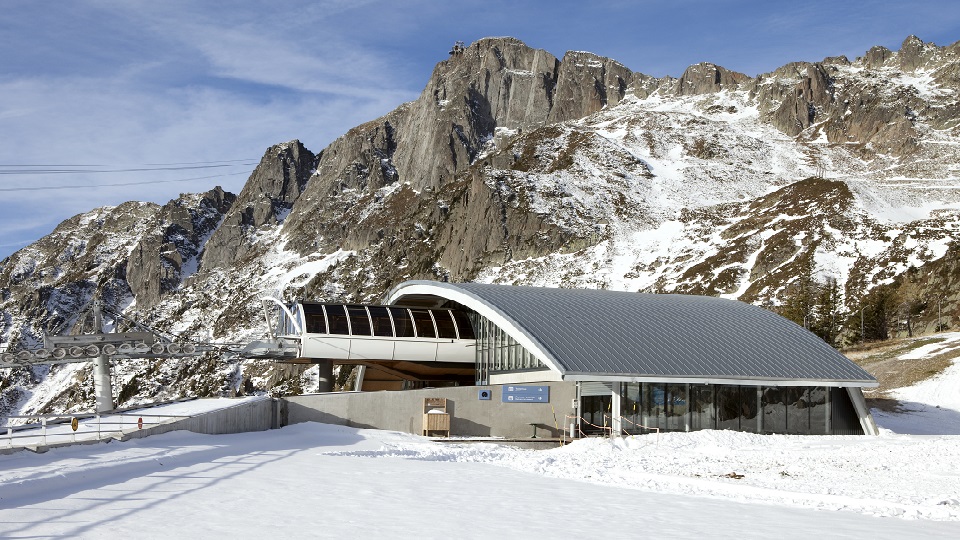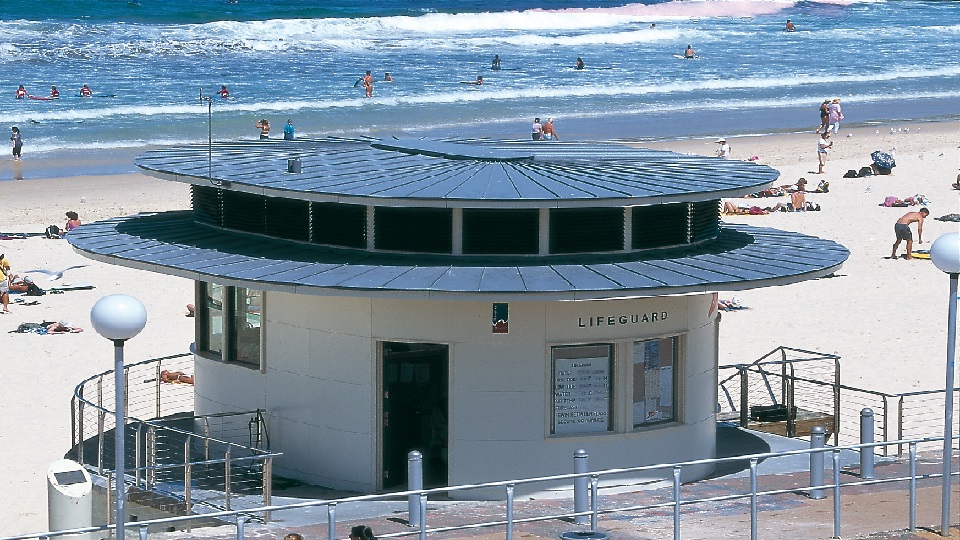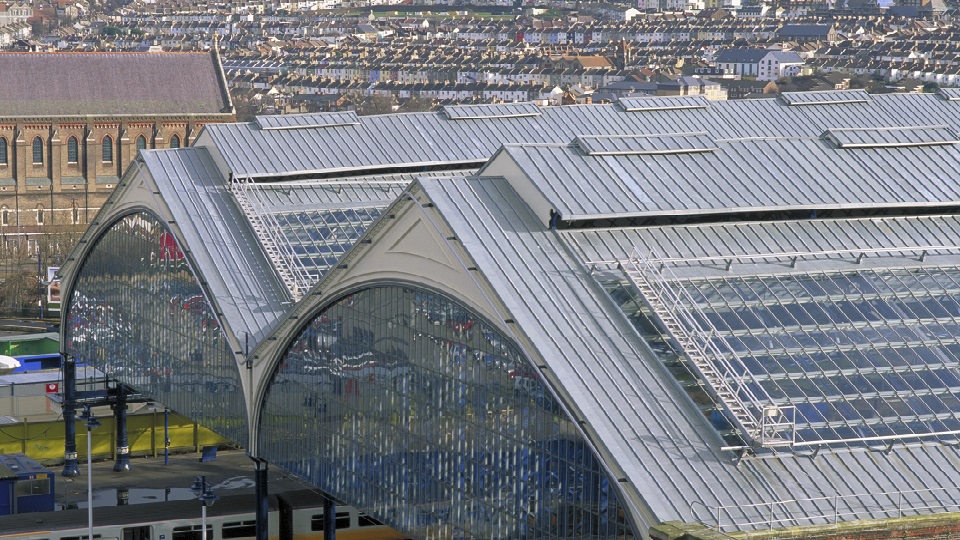Zinc in different environments
Zinc has been installed all around the world and in all types of climates ranging from coastal Scotland, the deserts of arizona, tropical Singapore, the high mountains of Switzerland and even near the cliffs of Cape horn, to name but a few locations.
Aesthetics

Zinc has been installed all around the world and in all types of climates ranging from coastal Scotland, the deserts of Arizona, tropical Singapore, the high mountains of Switzerland and even near the cliffs of Cape horn, to name but a few locations.
Hot, cold, wet, dry, windy, coastal, rural and urban climates are all environments where zinc has been installed.
As well as the almost endless variety of environments where zinc can be, and has been used, zinc is a material that requires almost no maintenance as the rinsing effect of rainwater performs this task naturally. However, when zinc is used on a non-rinsed surface such as a protected façade or soffit it is possible that the zinc may exhibit some superficial stains. These stains will not affect the integrity of the zinc itself.

It is for this reason that the very dark grey ANTHRA-ZINC should be carefully considered before being designed on a non-rinsed façade or soffit. In marine locations (1 mile from the sea) the risk of superficial staining in these areas increases.
Staining on non-rinsed surfaces will decrease further away from the sea. All non rinsed surfaces within 1 mile of the sea will exhibit some form of superficial staining whatever the finish of the zinc used. However, salt can still be present in the air up to 12 miles from the sea.

Whilst stains are possible on the PIGMENTO range the visual effect is greatly reduced and therefore these finishes may be more appropriate for some specific locations. It should be noted that the PIGMENTO must not be left with bare edges exposed in marine locations, and folding radii must be respected.
When QUARTZ-ZINC is installed on a roof just prior to snowfall and the snow lies on the zinc for several weeks it is possible that some superficial stains can be left visible following the eventual snow melt. These stains will not affect the integrity of the zinc and will in time fade due to the rinsing effect of rainwater.